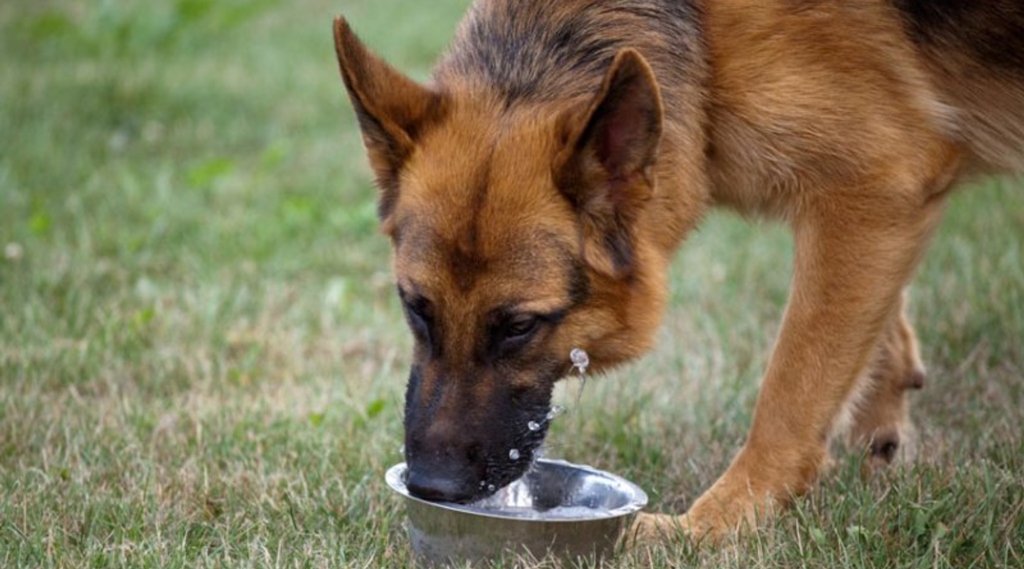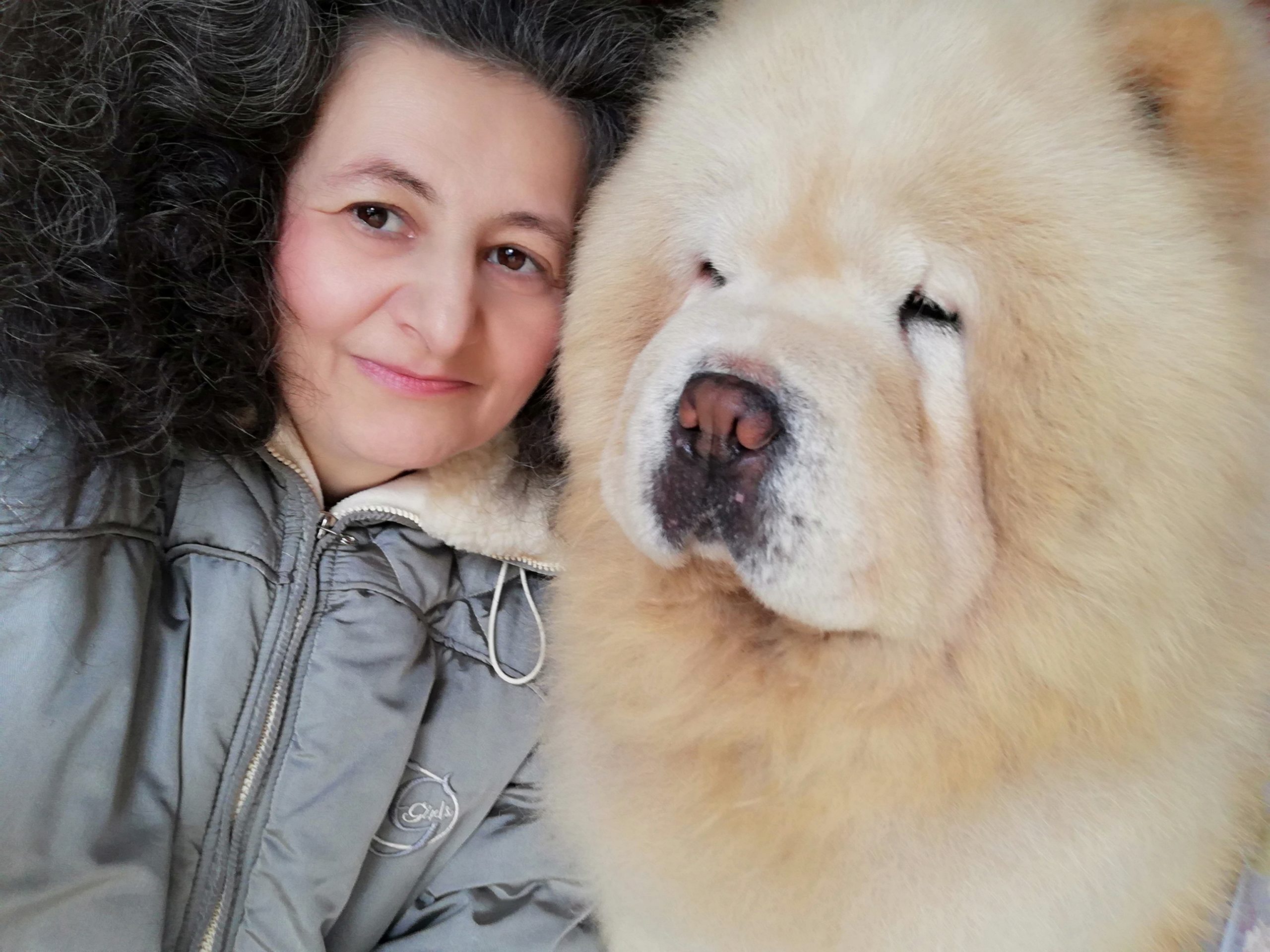
This question must have been asked by every dog owner already himself. Consuming neither the too much nor too the little water is not healthy! But how much is appropriate? How much drinking water does your dog need per day? We will analyze this theme in this article, please stick with me and read on!
The water is the source of life
The water plays a key role in the structure and metabolism of a living organism. The normal functioning of life and a healthy life are not possible without regulating the body’s water content. Some of the important functions of the water in the body are:
- The water transports the nutrients and the oxygen to the cells.
- The water removes during the metabolism generated unnecessary products.
- The water makes the joints flexible to connect the bones.
- The water regulates body temperature.
- The water washes the kidneys, thus helping detoxification.
60-70% of an adult dog’s body weight is water, more precisely liquid, which is partly as a solvent, and in part, it acts as a supplier of nutrients, hormones, and waste products. The heat balance too is regulated by body fluid: in great hot weather or in a febrile state it evaporized more strongly, this is how it cools the body. The dog does not have sweat glands: the water evaporates through its tongue, that’s why he’s pant. When the dog have warm, he drinks, that to cool off, although the cooling effect of drinking water insignificant compared to evaporation by panting.
The dog’s water requirements
The dog takes 40% of it’s water needs with food, he drinks 45%, and the remaining 15% is produced by internal combustion processes in his body. The water needs depend on a number of factors, including the dog’s size, diet, age, activity level and the season. The recommended amount ranges from 30 to 70 milliliters per kg of body weight per day. Depending on body weight, one-one dog practically needs 0.5-4 liters of water per day.
It is important to have the right amount of drinking water. so that your dog can provide his body with the fluid it needs to function normally! Since your dog will always instinctively drink as much fluid as he needs, never leave his water bowl empty! If he don’t get water, it will perish inexorably in a few days!
Drinking too little and too much water can be a symptom also of illness
A change in your dog’s normal water intake may indicate an underlying health problem. If your dog’s water-drinking habits change overnight, he drink too much, or he barely drink, it can be a symptom also of disease. Dogs with inflammation of the pancreas, parvovirus, and leptospirosis drink little water, but dogs with metabolic problems such as Cushing’s disease or diabetes are constantly thirsty and consume too much water. Therefore, if your dog apparently consumes too much or too little water, it is advisable to consult your veterinarian to determine what is behind the inadequate water intake.
Water consumption guidelines
- A healthy adult dog should consume 30 to 70 milliliters of drinking water per kg of body weight per day. As an example, for a Labrador Retriever weighing 30 kilogramm should drink 1.5 liters of water a day.
- Diet is a major factor. If you feed your dog food rich in moisture, such as eating canned dog, or supplementing his diet with soup, his will of course need less water. But if your dog eats mainly dry dog food, he will drink more water than the daily average to compensate for the lack of moisture in his diet.
- It is also important to pay attention to the hydration of the puppies. The puppies need to drink more often, and mainly little quantities!
- A longer period strenuous movement, work, after the play, be careful with drinking water. If the dog immediately drinks the contents of the drinking bowl, do not refill the bowl, wait at least half an hour before refilling it. It is important, that wherever you go together with your dog, always take drinking water with you, and if you see that he are thirsty, offer him with the drinking water.
- In the warmer months of the year, especially in the summer, more attention should be paid to the dog’s water intake to ensure it is properly hydrated.
This is how you can decide if your dog is properly hydrated
Because water gives elasticity to the skin, you can easily decide if your dog is hydrated or dehydrated. Pull the dog’s skin up the back of your neck and release it. If your dog is well hydrated, the skin will flatten back into place immediately. The skin of a dehydrated dog does not vault back immediately, only slowly.
Another method is to check the dog’s gums and tongue. Wet, slippery gums and tongue indicate a good level of hydration. Dry, sticky gums and tongue indicate that your dog’s body would need more drinking water.
How can you help your dog if he drinks too little or if too much water?
- If your dog does not drink enough water daily, encourage him, that he to drink more, offer more often and praise him when he drinks.
- Place several drinking bowls filled with water at any place where you, will turn around your dog several times a day, such as near his favorite resting places.
- Setting up a drinking water fountain in your garden can be a good decision to encourage your beloved dog to drink more.
- During meals you may want to feed your dog food that is high in moisture. Too little drinking water leads to dehydration, urinary tract problems, kidney stones and organ problems.
There is a solution to the opposite.
- If your dog drinks too much (which is a less common problem), it is important to monitor all activities around the water.
- If you are vacationing near water or resting on a dog beach for a few hours, always watch your dog’s behavior when playing in the water for an extended period of time or diving in series.
- Keep in mind the symptoms of water poisoning.
Water poisoning and its symptoms
Excessive water intake is called hyperhydration, commonly known as water intoxication. Symptoms include:
- swaying / loss of coordination
- lethargy
- nausea / vomiting
- bloating
- dilated pupils
- glassy eyes
- excessive salivation.
In severe cases, dyspnea, circulatory collapse, loss of consciousness, convulsions, coma and death may occur.
Dear reader! Thank you for reading this article, I hope it was helpful to you!🙂 Please, share this post with your friends, and other dog lovers as it may be useful for them too! Thank you!🙂
🙂 ❤️ I am waiting with useful and valuable articles for dog lovers to my official authoring website, owners of pet dogs, breeders, exhibitors and everyone, who loves the dogs! 😊❤️
Please visit often my official website:
https://ildikovamosi.hu
🙂 Thank you for your honorable visit! 🙂


